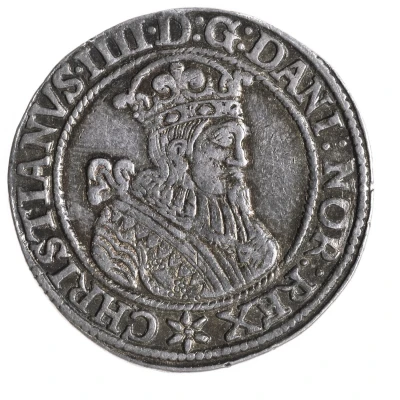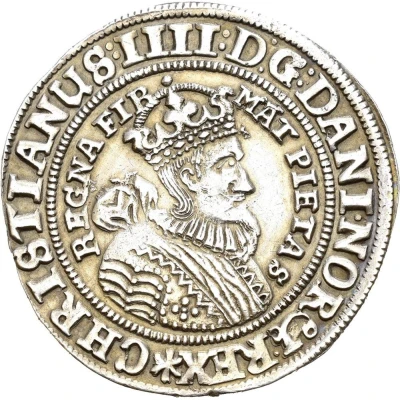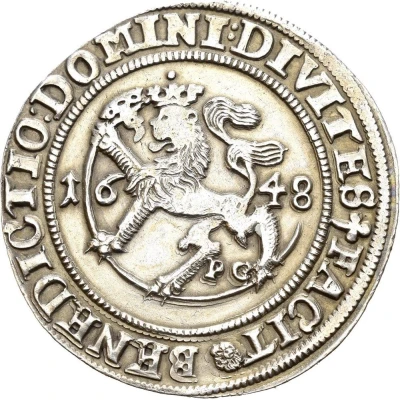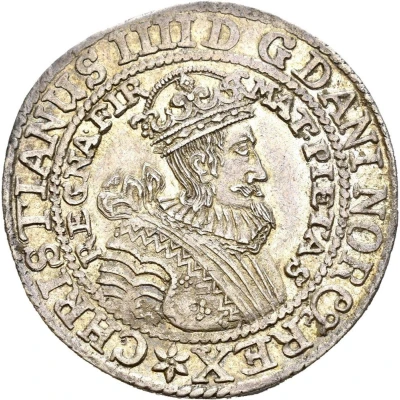
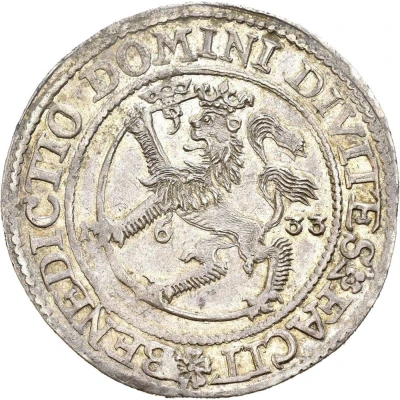

© Oslo Myntgalleri
½ Speciedaler - Christian IV
| Silver (.882) | 14.62 g | - |
| Issuer | Norway |
|---|---|
| King | Christian IV (1588-1648) |
| Type | Standard circulation coin |
| Years | 1629-1647 |
| Value | ½ Speciedaler |
| Currency | Speciedaler (1523-1746) |
| Composition | Silver (.882) |
| Weight | 14.62 g |
| Shape | Round |
| Demonetized | Yes |
| Updated | 2024-10-06 |
| Numista | N#115222 |
|---|---|
| Rarity index | 93% |
Reverse
Inside a circle a crowned two-tailed rampant lion, curving a halberd with claws (symbol of Norway), facing left, divides date at sides. Legend outside the circle. Beaded ring on the edge
Script: Latin
Lettering:
BENEDICTIO : DOMINI : DIVITES : FACIT
633
Interesting fact
The ½ Speciedaler coin from Norway, issued during the reign of Christian IV (1629-1647), features a unique design element - a small hole in the center of the coin. This hole was intentionally drilled during the minting process, and it served as a way to test the coin's authenticity. The hole was meant to ensure that the coin was made of pure silver, as the metal was valuable and often counterfeited. The presence of the hole in the center of the coin made it difficult for counterfeiters to create fake coins, as they would have had to drill a similar hole in the center of their fake coins. This feature, known as a "test cut," was a common method used in the past to verify the authenticity of silver coins.
